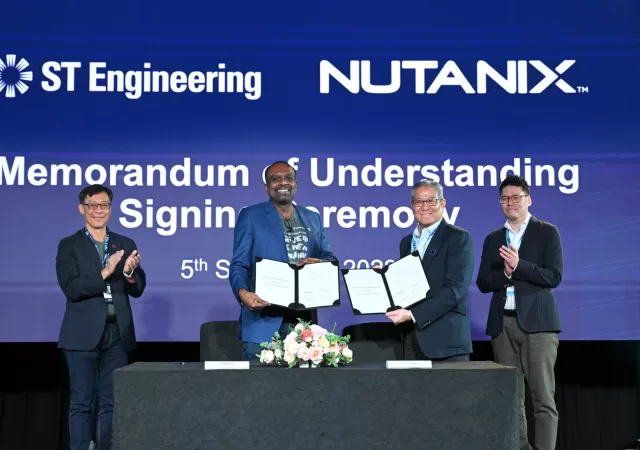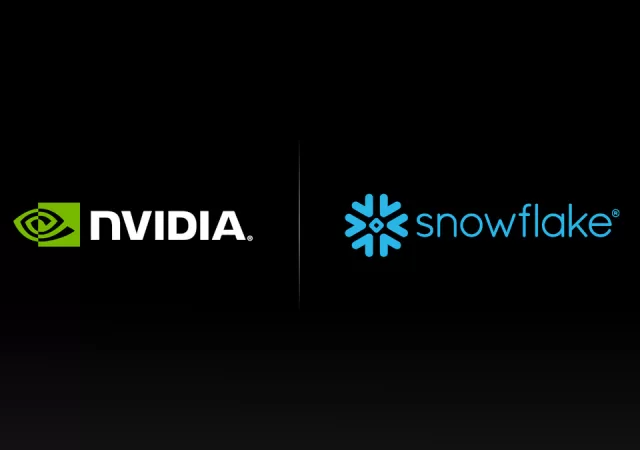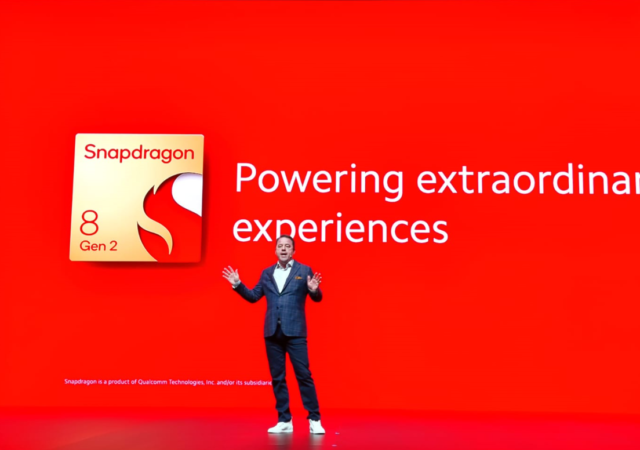Maximize SMB potential with technology. Stay agile by embracing technological advancements to meet customer demands, transact efficiently, and explore global opportunities.
Businesses Need to Go Back to Basics and Focus Customer Experiences as Generative AI Tools Become Mainstream
Businesses need to look at the basics as generative AI opens doors for more personalised experiences across different platforms.
Embracing the Golden Digital Era: Elevating Malaysia’s Potential with Cloud Adoption & Skilling
Azhar Abdullah shares his insights on the digital economy in Malaysia & how tech transformations can help businesses embrace technology.
Nutanix & ST Engineering Form Partnership to Transform Singapore’s Cloud Computing Landscape
In efforts to advance hybrid cloud capabilities and empower Singapore’s workforce with essential tech skills, Nutanix and ST Engineering have joined forces through a two-year Memorandum of Understanding (MoU). Hybrid cloud technology is a way of using both public and…
Tech Solutions Executives Must Consider Levelling Up Their Team
Unlocking new levels of productivity is not just about the right team, it’s equipping them with the right technologies to succeed.
Nutanix Announces Generative AI Solution ‘GPT-in-a-Box’
Nutanix GPT-in-a-Box is designed to make it easy for businesses to get started with generative AI, even if they are not tech savvy.
NVIDIA & Snowflake Storms the AI Scene With Custom Generative AI
NVIDIA and Snowflake have joined forces to enable businesses of all sizes to build custom generative AI applications by using proprietary data. This collaboration allows companies to maximize NVIDIA’s AI technology and Snowflake’s Data Cloud platform to make better decisions…
[MWC 2023] Qualcomm enhances IoT with iSIM, partnerships to leverage Snapdragon Spaces and Qualcomm Aware
Qualcomm continues to drive innovation for IoT at MWC 2023, with a host of announcements for both their hardware and software platforms. iSIM announced for Snapdragon 8 Gen 2 platforms The highlight of these announcements is the unveiling of Integrated…
Celcom Business – The Trusted Partner to Accelerating Your Success
Celcom Business is your key partner when it comes to easy and quick integrated digitalisation of your business at any scale.
Cyberattackers are Using the Cloud too – Are Malaysian Enterprises Prepared?
With an increasing number of business going to the cloud, what can they do to be better prepared to help mitigate the risks from cyberattackers?












